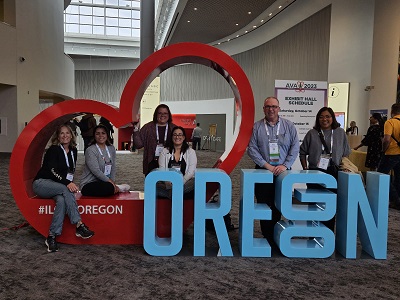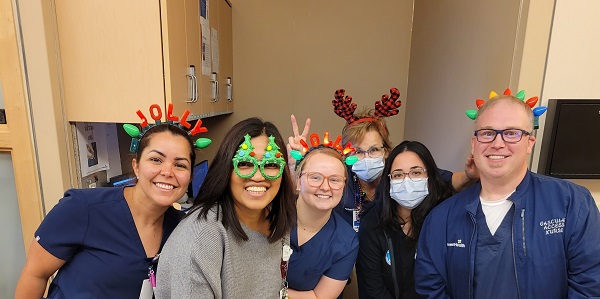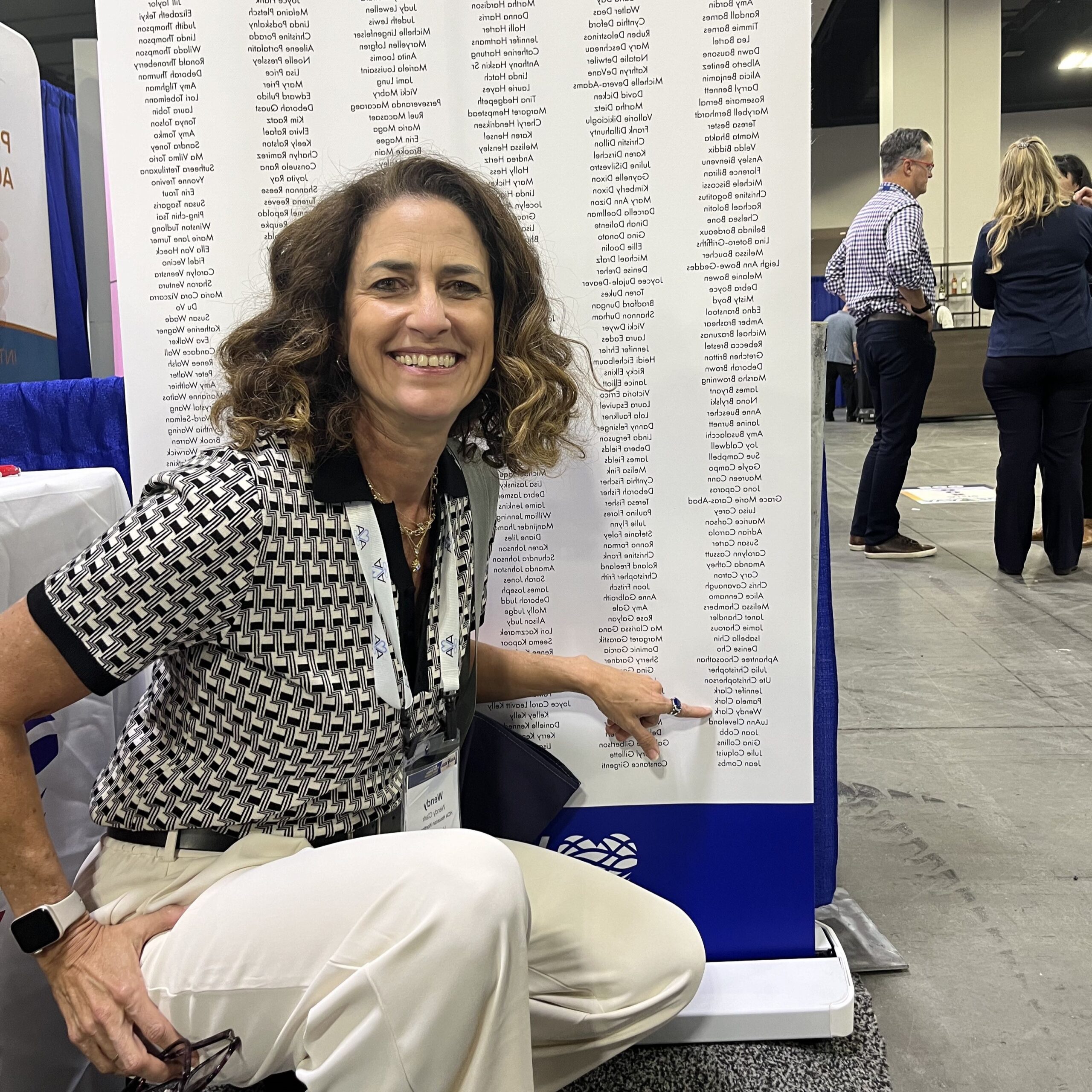
Collaboration is key when you work with vascular access. One team member you don’t want to overlook is an infection preventionist – and they won’t overlook your impact either.
Luz Caicedo, MPH, CPH, CIC, CRCST, VA-BC™, an infection prevention manager with AdventHealth Celebration, saw a strong overlap between her role and the work of the vascular access team at her hospital. But she felt a lack of her own knowledge in vascular access. She decided to take the first step in closing that gap.
“From an infection standpoint, you may think that you’re recommending the best vascular access device for a patient. But if you don’t have that understanding of vessel health and preservation, or why we’re recommending a specific device, it can be very easy to be misguided by either one piece of literature or even just conversations with your colleagues,” Caicedo said.
“This determination to learn and build a habit of interdisciplinary communication has led to a 37% reduction in CLABSIs at her institution.”
She reached out to her vascular access team, asking to shadow whenever she could, or to broaden her knowledge on a specific topic, like PICCs, IVs, or pumps. Much of Caicedo’s day-to-day activities revolve around vascular access: Is the device still needed for the care the patient receives? Are there other options? Is the device still viable? Are dressing changes needed?
Under the vascular access team’s leadership and eagerness to educate Caicedo, she began building her knowledgebase and her confidence.
“I found vascular access slightly intimidating,” she said. “The passion that our VAT nurses have to teach really encouraged me and pushed me toward the VA-BC™.”
This determination to learn and build a habit of interdisciplinary communication has led to a 37% reduction in CLABSIs at her institution.
Caicedo has been able to build her infection prevention team over the last few years to also contribute to this success. Her advice?
- Slow and steady – “I know it’s cliché, but the growth on my team, it’s been very slowly over the years adding a half FTE here, a half FTE there. We got approved for another .5 for this upcoming year, where other departments are maybe having to experience cuts or no growth.”
- Share your results – Caicedo meets monthly with her CNO to present progress on their projects, give an overview of their scope of work, and share the literature on appropriate staffing of an IP team.
- Be flexible – Even when things may not go her way, she keeps her progress at the center of her work to continually show their impact to leadership. It helps to not only build her team, but to ensure that patient safety remains a top priority.
Above all, she notes the importance of vascular access knowledge for an IP.
“When you arm yourself with data, information, and those principles of vessel health and preservation, it’s going to lead you to practice safer as an infection preventionist. It’s going to allow for you and your vascular access specialists to be on the same page. We’re not opposing forces,” she said.
“The VA-BC™ is an extremely important certification for infection preventionists, and even other multidisciplinary team members to consider, because it really provides you with the knowledge that you need to ensure that you are focusing your practice around vessel health and preservation, and that you are doing the right device for the right patient for the right therapy, at the right time,” she said.
Caicedo’s drive for education comes from her desire to see a reduction in patient harm – and she can see the direct impact of her dedication in each new team member, reduced infection rate, or infection-free patient.




